Summary
- Crew members now join players on missions, adding depth and involvement to gameplay.
- The Stress meter introduces tangible stress, affecting gameplay and decision-making.
- An expanded map allows for exploration of various locations in a non-linear narrative.
Video game sequels always change something from their predecessors. With something like the Assassin’s Creed franchise, the most significant changes are the setting. For Call of Duty, it’s the time period. However, indie developers tend to take a few more liberties with their sequels, not only changing one of two things but trying to innovate on everything that made their first game a success.
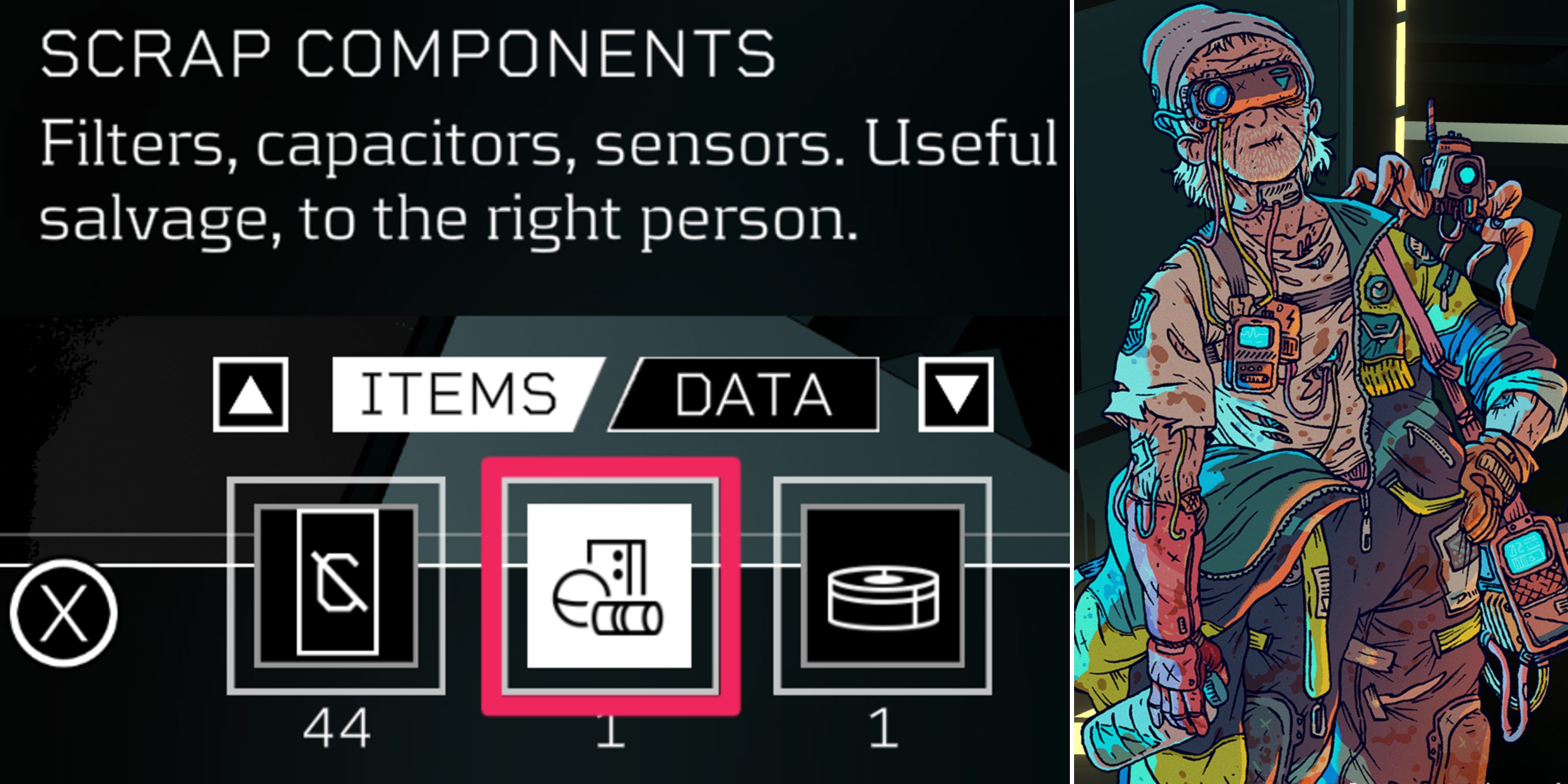
Related
Citizen Sleeper: Where to Get Scrap Components
Scrap Components are useful on the desolate Eye space station. Here is where you can find some in Citizen Sleeper.
That remains true for Citizen Sleeper 2: Starward Vector, the follow-up to 2022’s breakout indie hit Citizen Sleeper. While much of the game’s aesthetic and writing will be familiar to those who played the series’ first game, many other aspects of the formula have been enhanced or expanded upon. That makes the improvements that Ciziten Sleeper 2 has made from the first game all the more noticeable, and all the more worthwhile.
7
Crew Members
No More Going It Alone
The first Citizen Sleeper featured close to a dozen memorable side characters who would send the Sleeper on quests and pop in from time to time as the plot advanced. They were all incredibly well-developed and helped build towards some incredibly emotional endings. Yet they were all sitting at the fringes of the game itself. When players wanted to actually tackle a mission, they would have to go it alone.

Related
10 Best Sci-Fi Isometric RPGs, Ranked
Dive into the top sci-fi isometric RPGs packed with moral dilemmas, futuristic worlds, and strategic gameplay that redefine the genre.
Not so in Citizen Sleeper 2. While there are some minor missions—as well as the returning labor and bartending work tasks—that players will still take on solo, the game’s main and side missions are all done with a crew offering them support. Players can bring up to two crew members with them to help out on a mission, and these characters even have their own skills and dice rolls they can use to influence outcomes. It’s a welcome change that makes the game’s side characters feel more directly involved in the moment-to-moment gameplay, rather than just popping up in between missions.
6
The Stress Meter
Making The Intangible, Tangible
There was plenty to stress over in the first Citizen Sleeper, namely the game clocks counting down to the next life-threatening event to befall the Sleeper. Clocks were counting down to the arrival of a bounty hunter, counting down the number of Cycles players had left to make an ending-defining choice, and of course, counting down how long the Sleeper had until their body would decay without a fresh dose of Stabilizer. All of these clocks continually suggest that something bad is about to happen, while never revealing exactly what that “bad thing” will be.
Stabilizer has been done away with in Citizen Sleeper 2, but the rest of those game clocks remain. However, there is now the added detail of a visible Stress meter located just above the player’s dice display. When attempting a task results in a negative outcome while completing a mission, it will often cause that Stress meter to fill up. As it fills up, it will activate little dots displayed above the Stress meter’s nodes. Those dots correspond to the numbers on the player’s dice, and should the player roll a die and have it match one of those activated Stress nodes, that die will take damage. If any die takes three points of damage, it will be destroyed and unusable until players repair it back at a Hub.
Losing a die effectively means losing an opportunity to take an action. When that is combined with the ever-draining game clocks that players must contend with—clocks they can only stop by completing actions—that feeling of vague stress suddenly becomes very real. It also forces the player to make riskier and riskier decisions, as they must weigh the time left on the game clocks with the risk of using a subpar die on a task they need to complete, as a negative outcome will only increase their Stress meter further. It’s a clever way to introduce a clearer and more defined sense of tension to the proceedings, going beyond merely implying that something is stressful and making it very tangibly stressful instead.
5
An Explorable Map
This Time, We Can Really Travel The Stars
Citizen Sleeper was set entirely in one location: Erlin’s Eye, a semi-derelict space station where thousands of people live and survive by whatever means necessary. It’s a big station, with everything from slums to factories to massive gardens. No matter how big it is though, by the end of the game, and especially by the end of the DLC, it’s very apparent that this particular Sleeper’s adventure has only taken place in one location.
This is not an issue with Citizen Sleeper 2. The game’s prologue alone takes place in a unique location: Hexport. After players depart (never to return) they will be given access to a galactic map. While there are hazards blocking their access to some locations—they’ll have to track down the necessary ship upgrades to reach these places—there are still several options available for them to explore. This unrestrained approach allows the sequel to massively expand on the series’ lore, introducing all manner of space stations for players to visit and providing a vast array of perspectives on life in the Starward Belt.
4
The Rig
It’s Nice To Have A Home
Both Citizen Sleeper games make a point of displaying just how impoverished and helpless their Sleeper protagonists start their respective stories. However, in the first game, that is reflected in their choice of dwelling as well. Players start out living in a place affectionately called “Empty Container,” which is about as welcoming as it sounds. They’ll eventually find a more homely abode, but it takes a bit.
Right from the start, Citizen Sleeper 2 makes it clear that The Rig, Seraphin’s shoddy but surprisingly effective stolen spaceship, is home. Players will end each of their Cycles there. They will go there to relieve Stress and to restore their Energy when they don’t have enough Cryo to buy food. Almost every Contract they take on will involve flying The Rig to a set of coordinates. While it removes some of the loneliness that permeates the first game, it’s nice to play as a Sleeper who finally has a real home.
3
Push Abilities
Last Ditch Efforts
A new ability has been added to Citizen Sleeper 2. It’s called Push, and it’s the class-specific ability for each of the game’s three playable classes: Operator, Machinist, and Extractor. These are upgradeable abilities that, put simply, will either increase the value of the player’s lowest dice, do the same for their crew members’ lowest dice, or re-roll the player’s lowest dice, all at the cost of an increase in Stress.
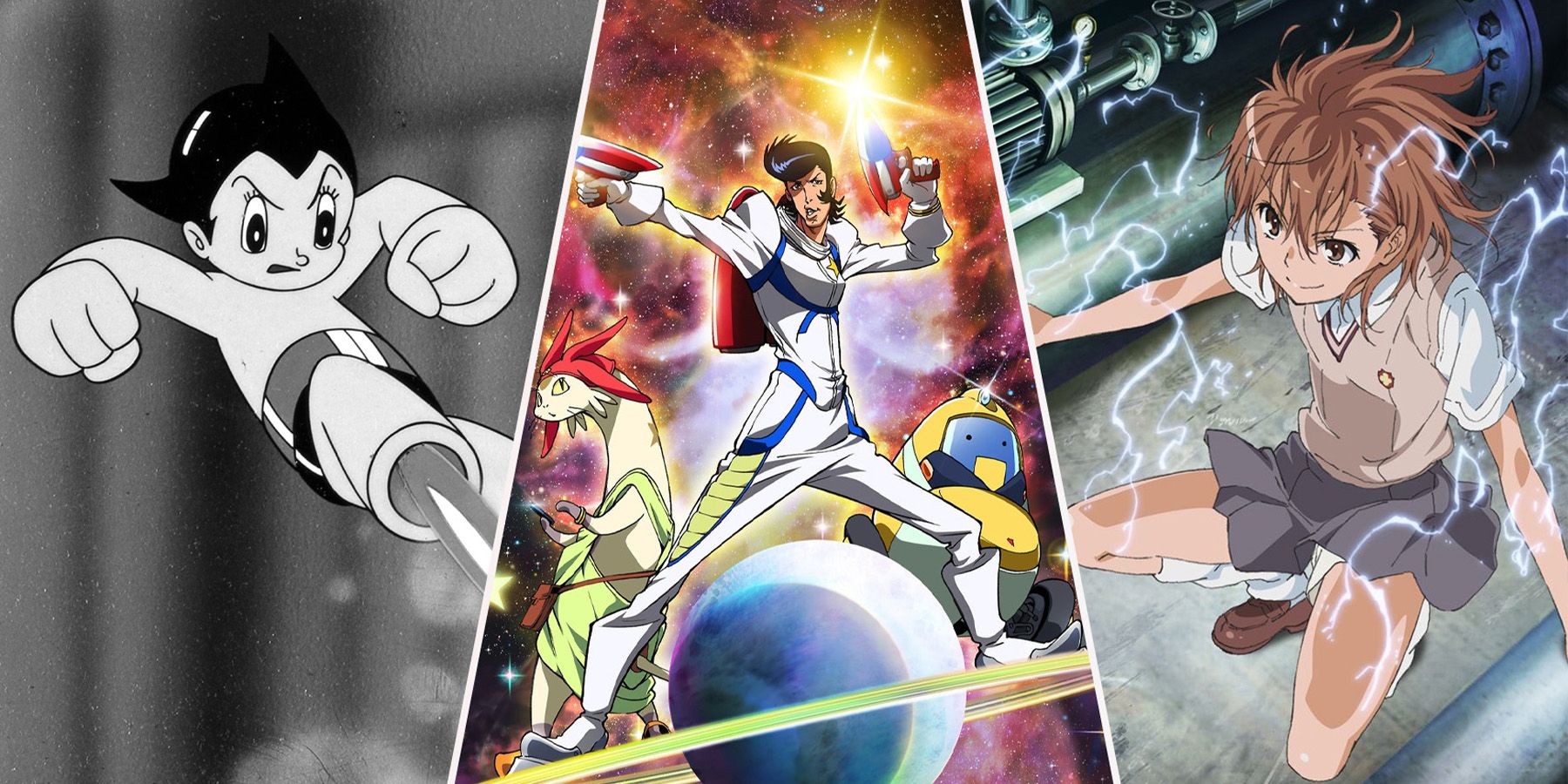
Related
The Greatest Sci-Fi Anime Of All Time, Ranked
Mecha, cyberpunk, and space operas, sci-fi anime come in many shapes, and the genre’s best shows represent Japanese animation at its peak.
We’ve already mentioned how Stress makes the entire experience more… well, stressful. Push abilities add a lovely little wrinkle to that system. When used strategically—like by using the Operator’s Push to re-roll a Glitched die—these abilities become critical to completing almost every Contract. Yet they come with a detriment in the form of increasing Stress, which means there are times when using them is a huge risk. These abilities can only be used while out on a Contract, and only once per Cycle, but even with that restriction, they are virtually indispensable right from the start of the game.
2
Non-Linear Narrative
Make Your Own Adventure
It’s not entirely fair to say that the first Citizen Sleeper was totally linear. The first chunk of the game is, and then it branches out into four separate, disconnected missions that players can complete in any order, with each leading to one of the game’s four endings. The DLC added a fifth mission in the same vein, which ultimately led to what felt like the game’s “true” ending. Its narrative wasn’t devoid of player choice, but for the most part, all roads led in the same direction once they were accessed.
There’s a lot more player input involved in Citizen Sleeper 2, in large part thanks to the mobility provided by the Sleeper’s spaceship abode, The Rig. Being able to travel between Hubs at will means that the game’s missions are doled out not just by story progression, but also by the player’s own choice of when to visit each location. Some barriers block access to a few locations until later in the game, but there are still almost always between two and three locations that players will have to choose from to chart their course. It’s a small touch, but it goes a long way in making the story feel adaptable to each player’s personal experience.
1
A Sleeper… And Something More
The Body Is Changing
Sleepers, the protagonists of both Citizen Sleeper games, are corporate-owned worker androids that house a simulated human consciousness. Sleepers think and feel like humans, but their bodies can withstand far more dangerous environments and, therefore, can take on much more dangerous work. They are kept under control by a program in their cells that causes them to decay without a dose of a drug called Stabilizer, which only the corporations that own them can produce. Sleepers are, effectively, indentured servants, and in both games, the protagonists have escaped from that servitude and are on the run.
In the first Citizen Sleeper, the titular Sleeper is still very much beholden to their Stabilizer drug, and finding a non-corporate source of it is a major conflict in the game’s first half. Right from the start of Citizen Sleeper 2, that dynamic is dramatically changed. The new Sleeper starts the sequel having just woken up from an operation that removed their dependence on Stabilizer. However, in exchange, it has also rebooted their systems, wiping their memory of their escape, the friends who helped them, and anything that may have happened to them before they got away. This completely changes the feeling of playing as this character, not only because they are more of a blank slate for players to project themselves onto, but because their past remains a mystery. Therefore, when things they can’t explain start happening to their cybernetic body, and an entity starts speaking to them in their dreams, the engagement commanded by the narrative reaches a new high.
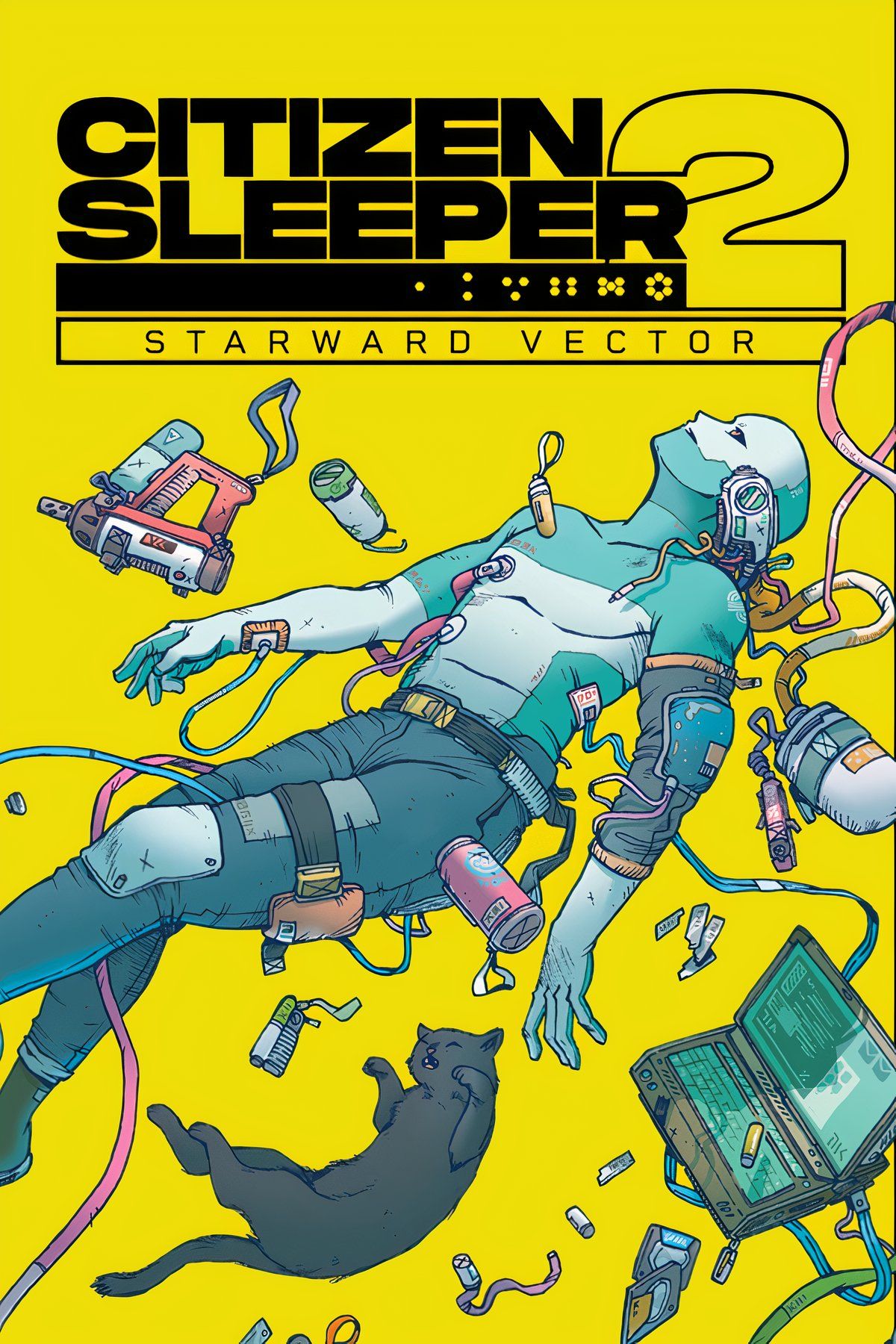
- Released
-
January 31, 2025
- ESRB
-
T For Teen Due To Violent References, Use of Alcohol And Tobacco, Drug Reference, Language
- Developer(s)
-
Jump Over the Age
- Publisher(s)
-
Fellow Traveller
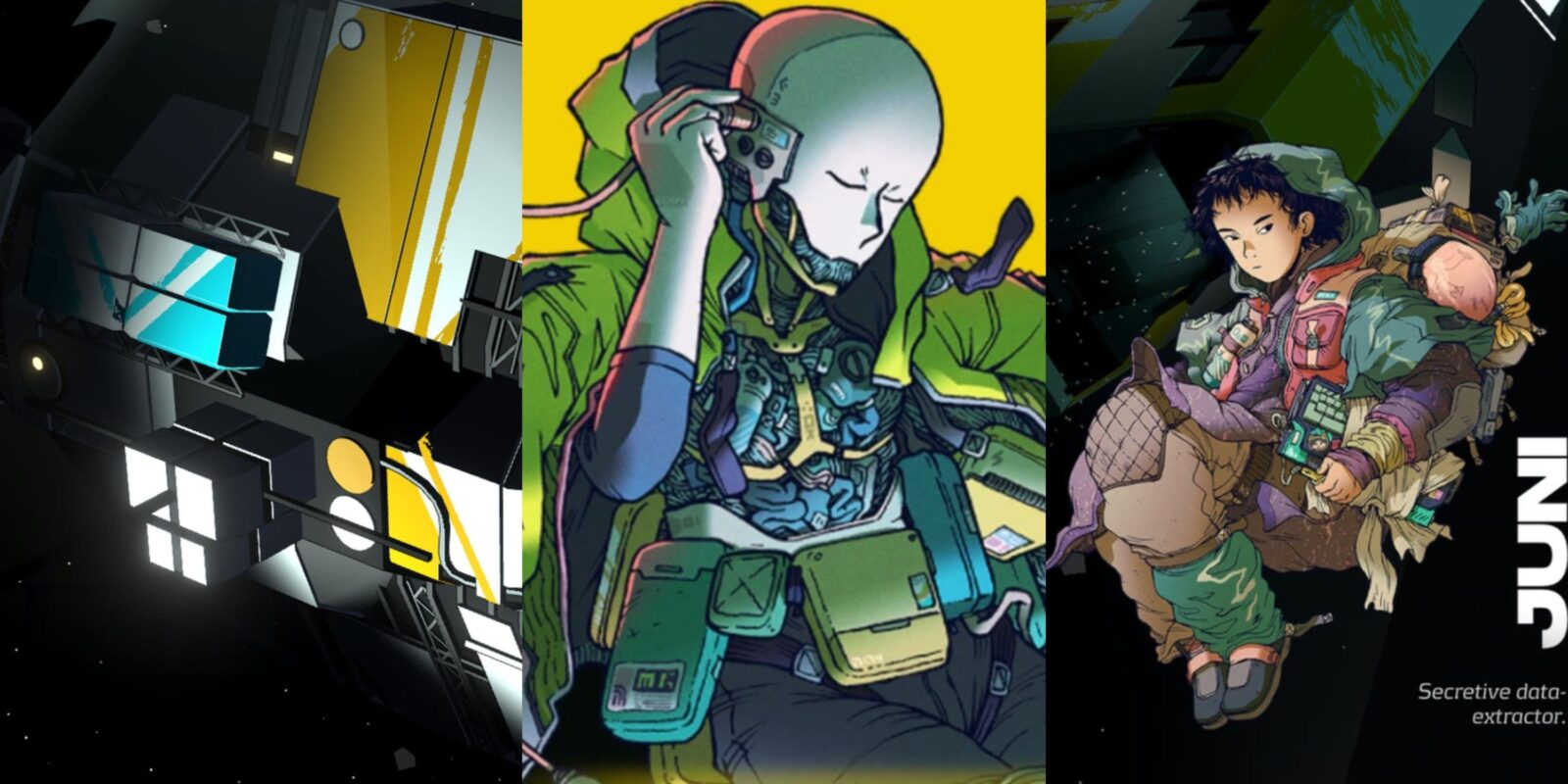


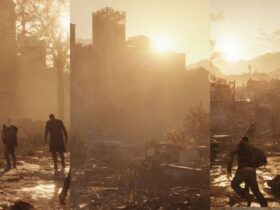



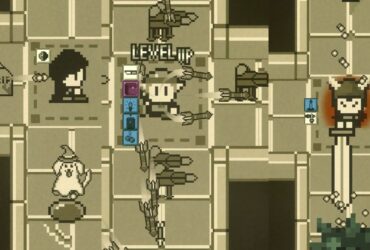
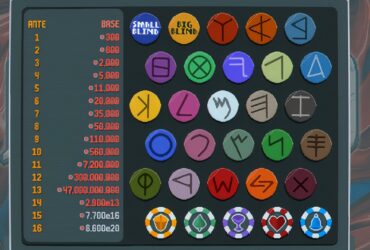

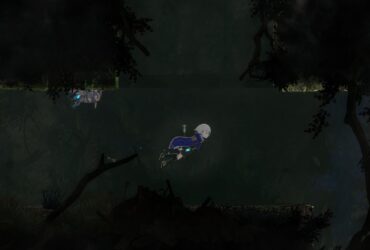
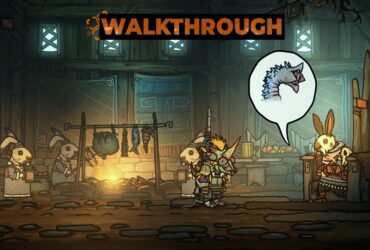
Leave a Reply